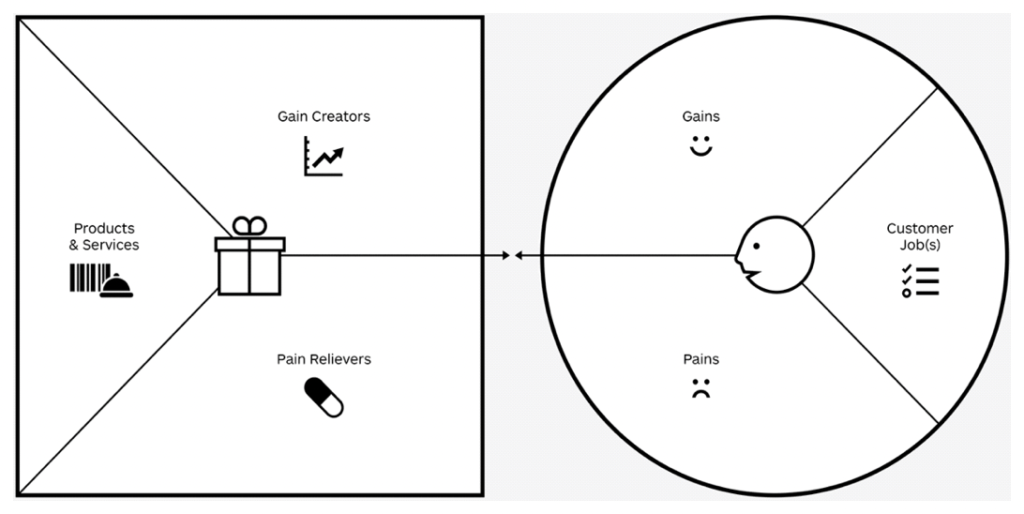Channel sales managers usually adopt this profession through field or internal sales positions. As a result, many newcomers struggle with the entire idea of making a joint value proposition with their channel partners. Introducing the joint value proposition canvas through channel sales preparation is one of the most useful ways to help channel management trainees conquer this barrier.
The canvas of the joint value proposition is a mechanism used professional channel sales training programs to get everyone together with future consumers in terms of communication. The canvas guides all parties together in the sales and marketing map, allowing them to understand the innovative and persuasive options they can provide in the marketplace and how to distinguish these offers from the competition.

The value proposition canvas is frequently used in channel preparation because it is a useful tool for communicating the customer’s need to the manufacturer and joint partner offering. The model is usually divided into two parts: manufacturing and joint solutions on the left and consumer needs on the right side. The purpose is to find the best possible match for both sides.
The joint solution described on the left-hand side is as follows:
- Goods and services: these are, obviously, what the manufacturer and the channel partner offer together for the customer to achieve a unique solution. They serve as the foundation for the gain-generating and pain-relieving that the consumer is looking for.
- Gain creators: This explains how the joint solution would bring value to customers and provide them with “gains.”
- Pain relievers: These are the features of the joint offerings that can help consumers minimize or remove obstacles that are causing them “business pain.”
The consumer requirements are outlined on the right side, which includes:
- Gains sought: These are the advantages and added value that customers are looking for in order to grow their business.
- Pain relievers sought: Within an organization, pains are barriers that are preventing them from reaching their full potential or are creating conflict in any way. The company needs solutions that can reduce or remove these pains.
- Jobs to be done: The various projects and activities the customers are trying to accomplish. These activities may be mission-critical from an organizational (rather than consumer) standpoint, and failure to complete them may pose an existential challenge to the organization.
The channel management team and partner sales team are faced with the task of analyzing all of these aspects and determining the “right match” on both sides of the equation. This implies that the most critical elements of the left (joint offerings) correspond to the most pressing needs of the right (customer). One of the objectives is to develop a joint value proposition that is:
- To the customer, it has to be compelling; that is, it must be interesting and have effective and relevant meaning.
- Plays to their unique differentiators and key competencies (both the producer and the channel partner).
As a result, the perfect joint value proposition will be exceptional in the industry and will provide them with a comparative edge. It’s critical that all parties appreciate the significance of this, which could necessitate some investment in channel management preparation for both the channel sales team and the associate sales team.
The joint value proposition canvas has a lot of potential for facilitating better collaboration between channel partners and their manufacturing partners. It is important to engage it in a systematic channel management training framework to ensure that it is well understood and that all partners understand how to use it to increase revenue.

